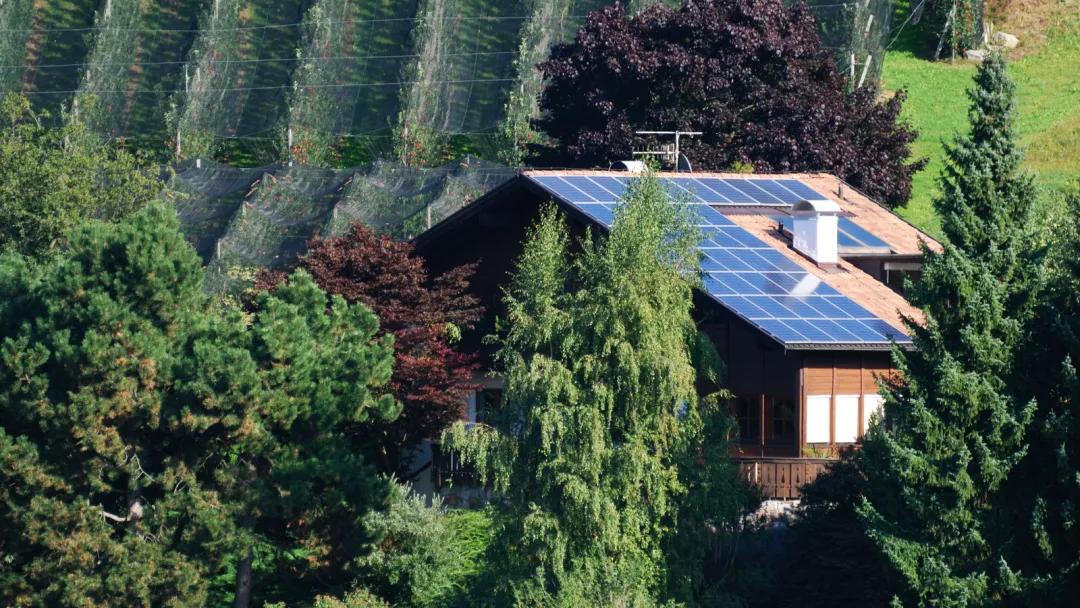Energy poverty – challenges and opportunities for rural areas, new JRC publication
A new report by the Joint Research Centre (JRC) assesses challenges and opportunities related to energy for housing across the EU. It identifies local specificities which can help design place-based solutions that work for both residents and broader decarbonisation and energy resilience efforts.

Image by manfredxy on Canva
The report reveals that EU rural areas are particularly affected by energy poverty due to lower average incomes, coupled with homes that are generally bigger, older, and less energy efficient than buildings in cities, towns and suburbs.
However, rural areas are leading in carrying out energy efficiency renovations and are particularly suited to installing renewable energy systems thanks to more available land, rooftop surface, and the high share of buildings owned by their occupants.
The JRC sets out a method to better understand energy poverty across EU territories, combining indicators on low energy efficiency in buildings, low disposable income and high expenditure on energy, and socio-economic factors.
The report outlines opportunities for rural areas, related to renovations and renewables:
- Rural areas lead in energy efficiency improvements, with 29% of households having carried out work to boost energy performance between 2018 and 2023 – this includes better thermal insulation, more efficient heating systems and double-or triple-glazed windows.
- Rural households are particularly suited to installing self-consumption renewable systems – such as rooftop photovoltaics – which could produce roughly 37% of average household energy consumption yearly.
Discover the latest Rural Pact resources on energy.